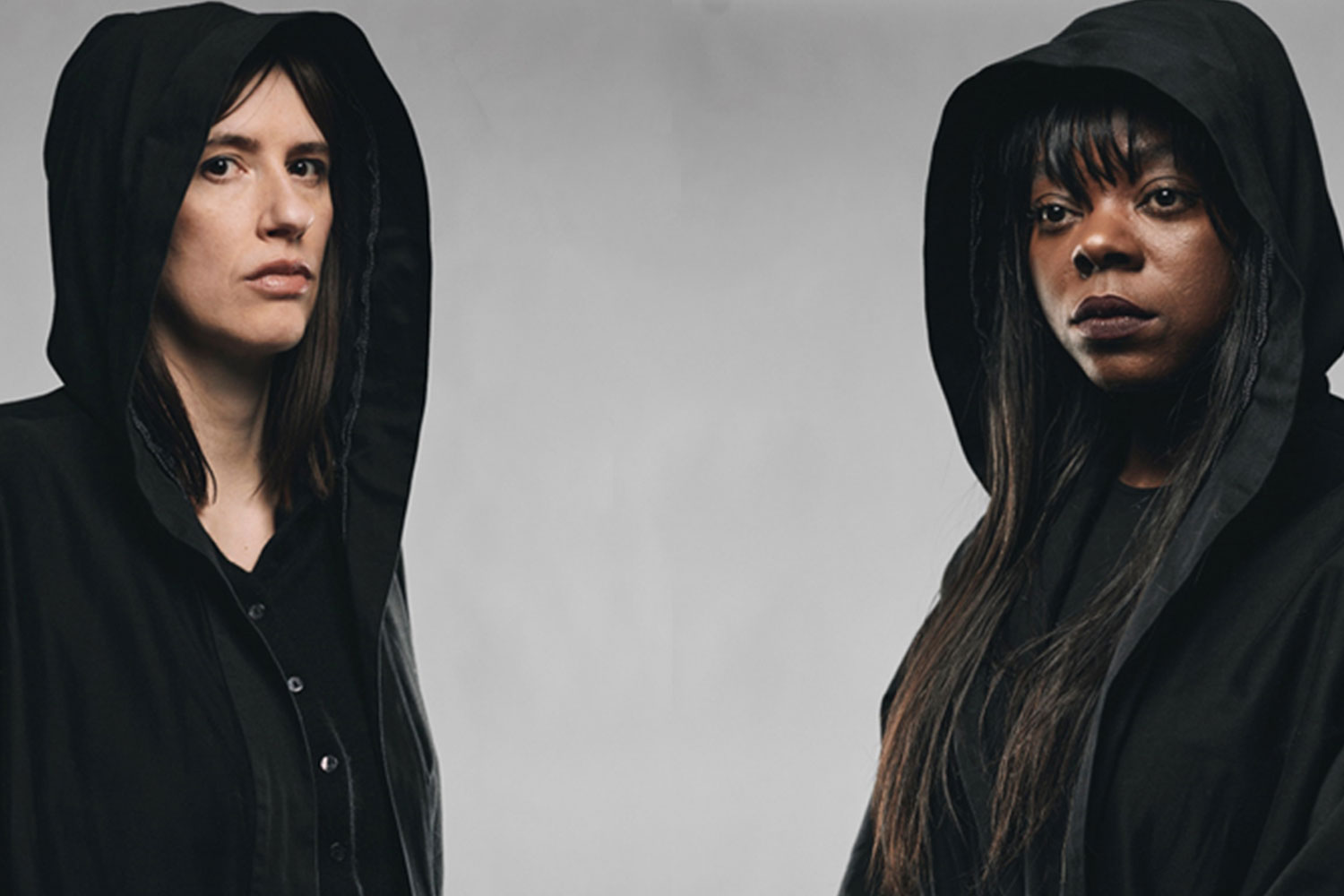War Horse
The surprise and delightful shock of the great sculptured horses in Nick Stafford’s adaptation of Michael Morpurgo’s story may have diminished for audiences since the production opened at the National Theatre 18 months ago, but the experience is no less moving or engaging.
And the New London is an ideal home for the show, especially for Rae Smith’s open expanse of a design – backed off with her wonderful sketchy drawings, landscapes and silhouettes – that accommodates the horses, soldiers and farm workers of the story, not to mention the skittering goose that darts across the stage with its puppeteer in tow.
The Handspring Puppet Company of Cape Town that has devised the show with NT directors Marianne Elliott and Tom Morris has, I think, received due recognition for its outstanding work, but the magic remains, especially in the figures of Joey the hunter colt who grows into the carthorse in the killing fields in France, and the magnificent black stallion Topthorn.
Each horse is manned by three puppeteers in the head, the heart and the hind, and each really does assume a humanity that has nothing to do with the cute anthropomorphism that even Morpurgo cannot avoid in his first (horse) person narrative.
I’d not registered before the elements of The Hired Man and Oh, What a Lovely War! in the community and military passages, and although the show primarily celebrates animals, several actors also manage to make a mark: Bronagh Gallagher as Albert’s mother, Alan Williams as his unkind uncle and Patrick O’Kane as the German officer who’s moved by the horse he brutally commandeers.
Above all, it’s a true spectacular with real heart, melding songs and hymns in Adrian Sutton’s fine music, terrifying incursions of the artillery and rolling battle tanks, and a heart-stopping moment when Joey is entangled in barbed wire. And the final reunion retains the best sort of theatrical sentimentality, tolerable because hard-won and fully deserved.
The first Albert, Luke Treadaway, had a spiritual urgency about him that Kit Harington doesn’t quite match, and the directors should have sorted some tangled plot lines, when it’s not clear which French farm we’re on and which German officer we dislike most. But War Horse is a real winner in the West End, and for once I will take neigh for an answer.
– Michael Coveney
NOTE: The following FOUR-STAR review dates from October 2007 and this production’s original run at the National Theatre.
The ongoing argument about adaptation as theatre fodder has been rejuvenated with this thrilling version of Michael Morpurgo’s 1982 children’s novel War Horse. The story of Joey, a country horse who is sold into the cavalry at the outbreak of the First World War, is transformed into a parable of beast’s nobility and man’s futility on a level of artistic experience way beyond the novelist’s prose.
As a soul-stirring treat, not untinged with bitterness, for all the family this Christmas, or as an example of how theatre can be created from disparate components – puppetry, lighting, movement and sound – War Horse will not be surpassed by any show this year.
From the auction in Devon in 1912 to the Armistice six years later, we follow Joey’s journey through the killing fields of France, behind the enemy lines, as well as in No Man’s Land, until his determined young owner, Albert Narracott (Luke Treadaway), tracks him down – through a pretty massive stroke of luck, it must be said – and brings him home.
The horses – at one point there are seven lining up for battle on a great, melancholy diagonal – are created by Basil Jones and Adrian Kohler for the Handspring Puppet Company. The outer skeleton, a sort of poetic equine corsetry, is inhabited by two actors, fully visible within the structure, manipulating the huge head and draped in the strips of mane and horse hair. Their movement is muscular and momentous.
The element of anthropomorphic tweeness – unavoidable in Morpurgo’s book which, as in Black Beauty, is recounted by the humanised horse himself – is entirely expunged. Nor are the actors – the large cast includes Angus Wright as a sympathetic German officer, Alan Williams as a battle-fatigued trooper and Toby Sedgwick, the brilliant movement director, as both human and horse – necessarily diminished. They just represent a lower level of dignity as the horse becomes a transfigured species.
The story is a variation on Tolstoy’s Story of a Horse, also known as Strider, which was famously produced in the Russian theatre in the mid 1970s by Georgi Tovstonogov and later by Yuri Lyubimov, who then did a version at the NT with Michael Pennington]as a horse strapped in leathers. And of course Equus started at the NT, too.
But this production raises the bar on horse tales on stage. It is a majestic confluence of direction by Marianne Elliott and Tom Morris, beautiful design by Rae Smith (I particularly like the inky landscapes drawn across the back of the stage), lighting by Paule Constable, and music by Adrian Sutton and John Tams which has a sonorous, anthemic quality that manages to avoid Elgarian self-importance.
– Michael Coveney










